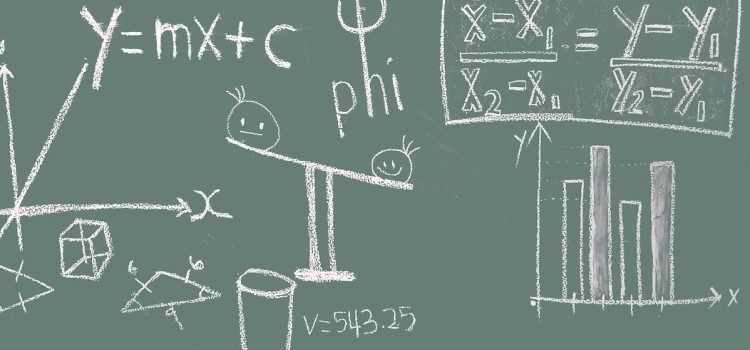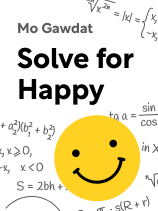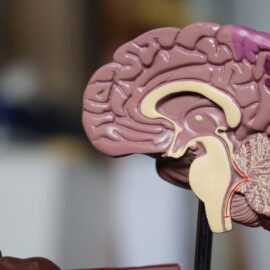

This article is an excerpt from the Shortform book guide to "Solve for Happy" by Mo Gawdat. Shortform has the world's best summaries and analyses of books you should be reading.
Like this article? Sign up for a free trial here.
Is there a formula for happiness? If so, how does it work?
When your perceptions about life don’t rise to the level of your expectations, you’re unhappy. Happiness results when your perceptions exceed your expectations. This observation underpins Mo Gawdat’s algorithm for happiness that he discusses in his book Solve for Happy.
Keep reading to learn about this formula for deep and lasting happiness and the assumptions it’s based on.
The Formula for Happiness
Before we proceed to Gawdat’s formula for happiness, let’s discuss the key assumptions that shape it.
First, Gawdat asserts that happiness is our default state. To support this assertion, he points out that infants and toddlers are naturally happy as long as their basic needs are met.
(Shortform note: In The Happiness Trap, Russ Harris claims that, on the contrary, happiness isn’t our default state. Rather, he argues that our brains evolved to be vigilant, which makes us unhappy because we’re constantly scanning for survival threats. Consequently, Harris finds it counterproductive to think that happiness is our default state since it leads to misguided expectations of happiness.)
Consequently, we’re unhappy only when abnormal reasons make us unhappy. In particular, Gawdat argues that many people are unhappy because they’re mistakenly convinced that material success is necessary for happiness. Thus, they become unhappy chasing a goal that doesn’t lead to happiness.
(Shortform note: In The Road to Character, David Brooks argues that the emphasis on success hasn’t only made us less happy, but has also made us less virtuous. In turn, he recommends looking to past exemplars of virtue—like Dorothy Day, Dwight Eisenhower, and Saint Augustine—to learn to balance worldly success alongside moral growth.)
In light of this, Gawdat developed an algorithm that addresses the underlying reasons for our happiness by dispelling misconceptions, fixing weaknesses, and accepting pillars.
To apply the formula for happiness, you also need to understand what factors make you happy or unhappy in the first place. To that end, Gawdat introduces the following happiness equation:
Happiness (Your perception of life’s events) – (Your expectations for life’s events)
We’ll call this the happiness formula. According to this formula, you’re happy when you perceive life as exceeding your expectations and you’re unhappy when you perceive life as falling short of expectations. For example, if you enter a local 5k expecting to run an average time, and you actually run a faster time, then you’ll be happy—but if your time is slower than average, you’ll be unhappy.
(Shortform note: In Nicomachean Ethics, Aristotle agrees that we desire happiness. However, unlike Gawdat’s focus on perceptions and expectations, Aristotle argues that happiness is the result of rational activity aligned with virtue. This analysis has three parts: First, it requires rationality, where we use sound logic to make our decisions; second, it requires virtue, where our decisions are morally and intellectually sound; and third, it requires action, where we consistently act rationally and virtuously.)
Gawdat’s happiness formula has two key implications. First, to become happy, we need to adjust our perceptions and expectations so the former outstrips the latter. Second, our life events themselves don’t affect our happiness—rather, our perception of them affects our happiness.
(Shortform note: Whereas Gawdat argues that happiness involves alignment between our perceptions and expectations, Derren Brown takes a different angle in Happy: He argues that happiness involves alignment between our desires and reality. However, because this alignment occurs when we perceive reality accurately, Brown’s view of happiness can complement Gawdat’s conception.)

———End of Preview———
Like what you just read? Read the rest of the world's best book summary and analysis of Mo Gawdat's "Solve for Happy" at Shortform.
Here's what you'll find in our full Solve for Happy summary:
- The six misconceptions that cause us to suffer
- How to remove the seven weaknesses that hinder your happiness
- The five pillars to becoming permanently happy






